Do children have to wear masks in schools in the UK? The new rules
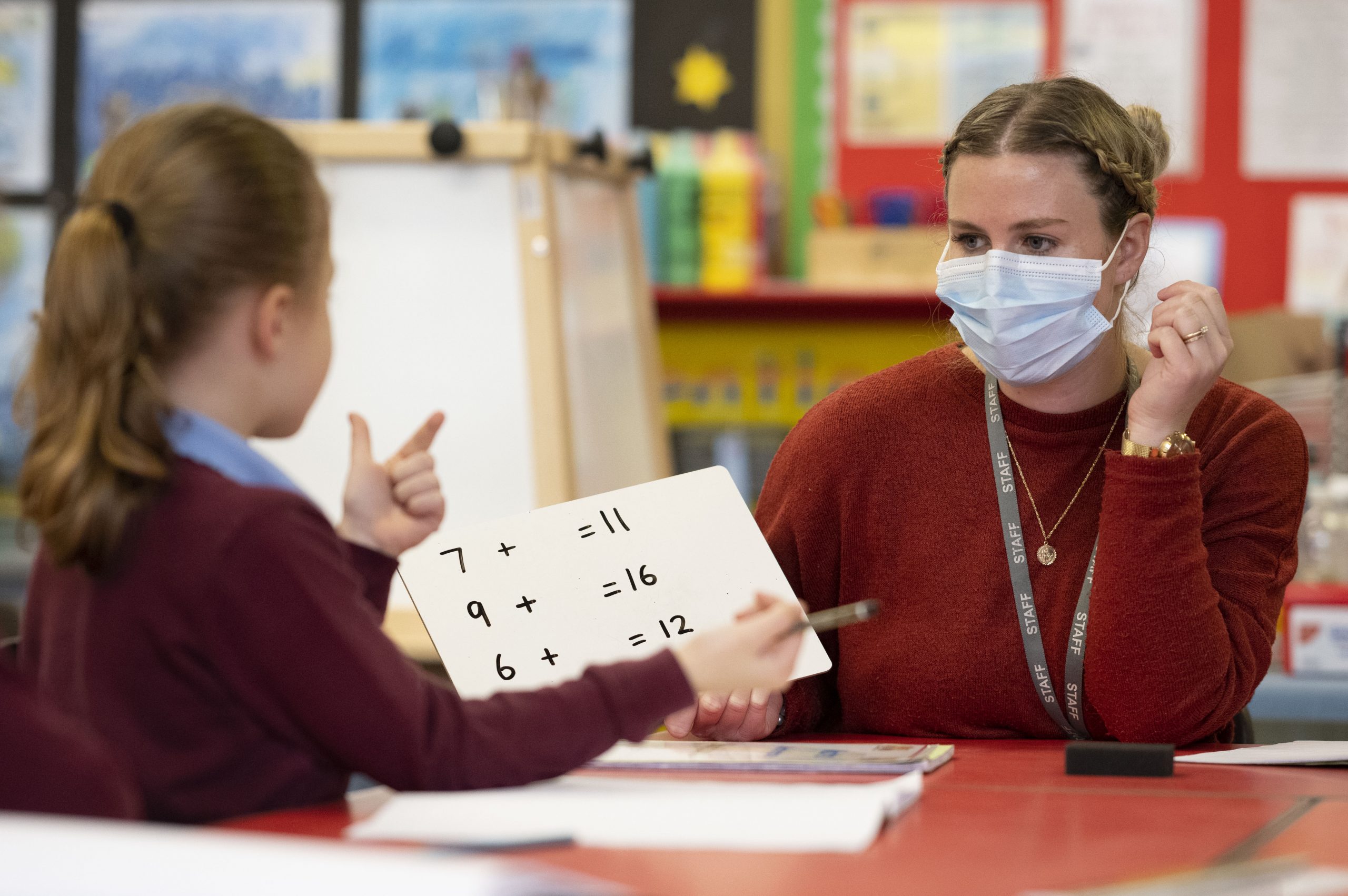

Whether masks in secondary schools in the UK should be compulsory has been a hot topic of conversation since students returned to school after the third lockdown in March.
Face masks have been compulsory in most indoor public spaces where social distancing can't be maintained for over a year now. They've been proven to protect both the wearer and those around them from airborne Covid-19 transmission, with some even suggesting they should be worn outside in certain circumstances.
But now, infection levels are at their lowest in months and another stage of the lockdown roadmap in underway. Social distancing restrictions are even being lifted so people can hug now. Consequently, many are wondering if it's still actually necessary for children to wear face masks in school.
Do children have to wear masks in schools in England?
Prime Minister Boris Johnson has confirmed that children do not have to wear face masks in schools after May 17, when the latest set of restrictions were lifted.
Confirming that they wouldn't become part of school uniform for 2021, he said at a press conference, "We will no longer require face coverings in classrooms – or for students in communal areas in secondary schools and colleges."
The Prime Minister also revealed that from this May date, "everyone will be able to travel within Britain and stay overnight, meaning schools will also be able to organise trips with overnight stays. All remaining University students will be able to return to in-person teaching, where they should be tested twice a week."
Advice from the Department of Education says that the "latest data shows infection rates continuing to decrease" and not having children wear masks in the classroom would "improve interaction between teachers and students".
GoodtoKnow Newsletter
Parenting advice, hot topics, best buys and family finance tips delivered straight to your inbox.
However, this appears in direct conflict with views held by teaching unions in the UK. Geoff Barton, leader of the ASCL head teachers' union, agrees that not wearing face masks is better for communication and learning. But he said that "any decision to this effect must follow the scientific evidence, and it is very worrying that the government's decision appears to contradict the published evidence."
"We don't understand why the government is in such a rush over this issue," he added.
Paul Whiteman, leader of the National Association of Head Teachers, said, "Parents, pupils and staff will want to understand why removing the requirement for face coverings in classrooms is considered appropriate when it is not for other enclosed spaces."
It is particularly a concern as teachers in most sectors of education have not be prioritised for the vaccine since the roll-out. Only those who have met external vulnerability or age requirements will currently be partially or fully vaccinated. The Pfizer, Oxford and Moderna jabs have also not been approved for distribution to anyone under the age of 16, meaning that both teachers and students would be vulnerable to virus transmission in a classroom setting.
However, all students and staff from primary school to higher education will be required to continue taking lateral flow tests weekly. All adults and children over 12 must also continue to wear face masks in other environments outside of school, including on public transport and in all shops.
Do children have to wear face masks in primary school?
Primary school students and anyone under 12 years of age have never been required to wear a face mask either in school or anywhere else, under advice first given out by the World Health Organisation (WHO) last year.
Before the announcement in May that masks in UK secondary schools wouldn't be compulsory, all students in years 7 (over 12 years of age) and upwards were required to wear face masks in school. As well as in the classroom, all pupils were required to wear their face masks in public spaces - such as hallways, corridors and any place where 2 metre social distancing couldn't be maintained.
This ruling followed other advice from the World Health Organisation, which says that masks "are a key measure to suppress transmission and save lives."
"Masks reduce potential exposure risk from an infected person whether they have symptoms or not. People wearing masks are protected from getting infected. Masks also prevent onward transmission when worn by a person who is infected."
They added, however, that they should be just one method used as part of a "comprehensive 'do it all!' approach". Other advice on "physical distancing, avoiding crowded, closed and close-contact settings, improving ventilation, cleaning hands, covering sneezes and coughs" should still be followed.
Do children have to wear masks in schools in Wales?
The Welsh government haven't made a separate statement or updated their advice on face coverings in schools. Currently, those going to school in Wales have to wear a face covering "anywhere on the school estate, including in the classroom by staff at primary schools, and by staff and learners in secondary schools".
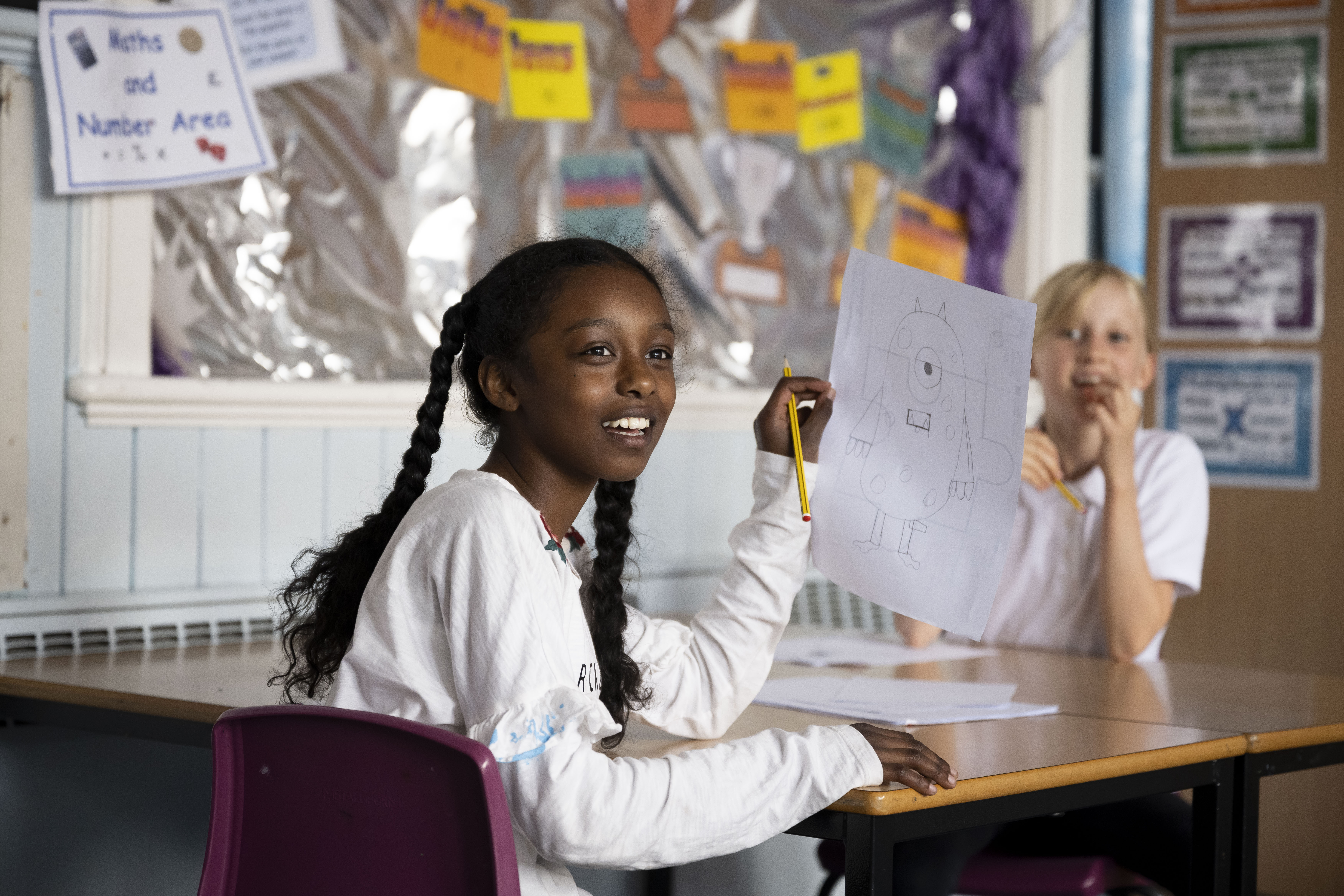
The only exception is at mealtimes and when outside, where social distancing can be maintained.
Students in year 7 and above also have to wear their face coverings on dedicated school transport and visitors to the school, including parents and guardians, must wear a face covering at all times.
The advice does warn against wearing face masks in the classroom if "other control measures are in place" as it will likely have a "negative impact on the learning experience, including hearing and social communication.
Do children have to wear face masks in Scotland?
All secondary school pupils and staff in Scotland must wear face coverings in classrooms, corridors and communal areas until the Scottish government announce a change in the rules.
In March, Deputy First Minister John Swinney announced that the updated guidance would also apply to students in S1 to S3 and not just those in S4 to S6 - unless they were medically exempt.
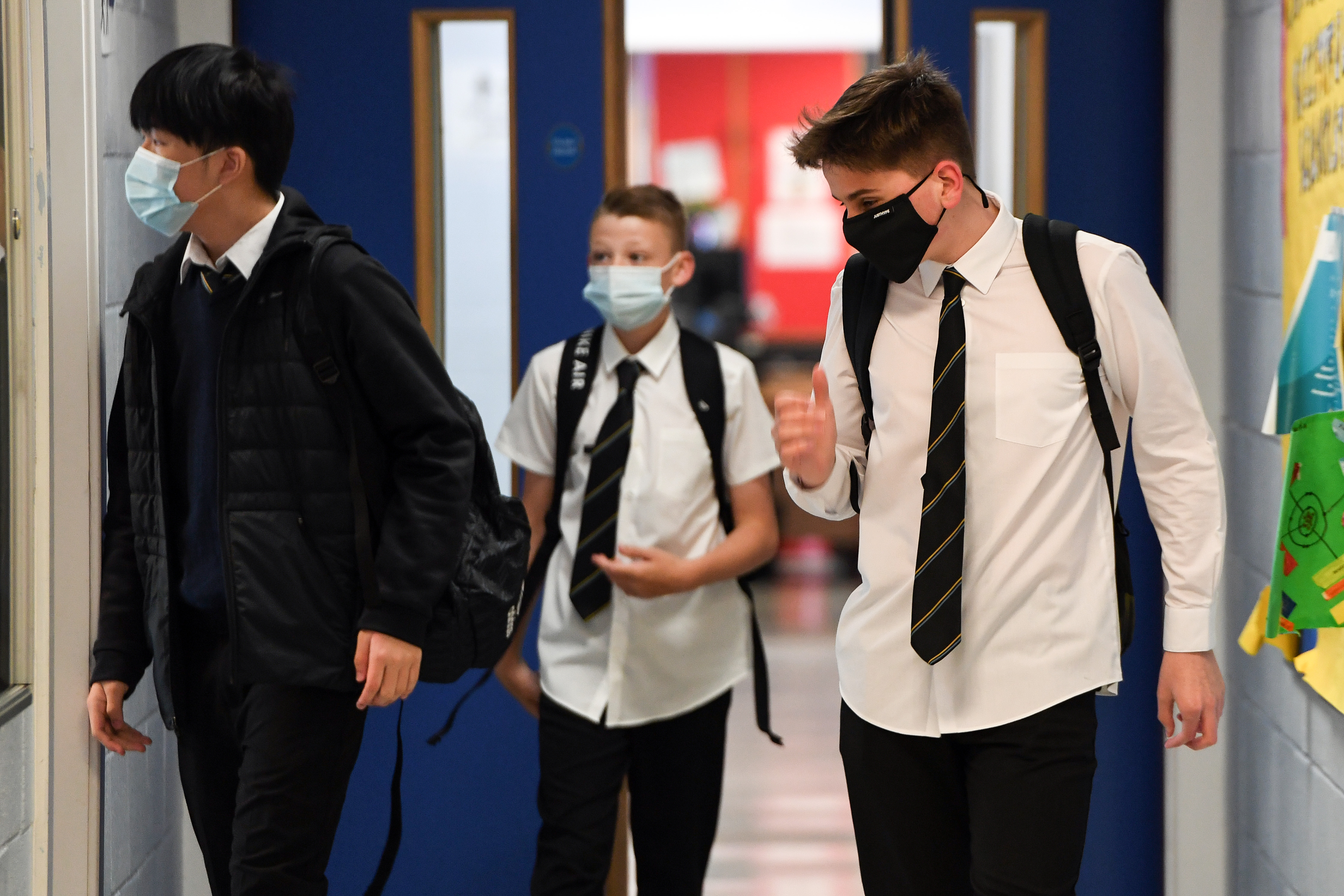
Earlier this year, pupils in Scotland returned to school in a multi-step process with both primary and secondary school students returning to school in a phased approach from March.
Government advice on masks in UK secondary schools also says that adults should wear a face covering at all times where they can't keep two metres from other adults and/or children and young people, within primary and secondary schools.
"Face coverings should also be worn by parents and other visitors to any school site (whether entering the building or otherwise), including parents at drop-off and pick-up."
Education Secretary John Swinney said, "We will move as quickly as we possibly can do but we have to do it within the scientific and clinical advice that is available to us."
Do children have to wear masks in schools in Northern Ireland?
Advice from Northern Ireland's Education Authority remains that, "All pupils regardless of age are strongly encouraged to wear a face covering on all school transport if they can do so. Wearing a face covering is mandatory for post primary pupils on all forms of school transport."
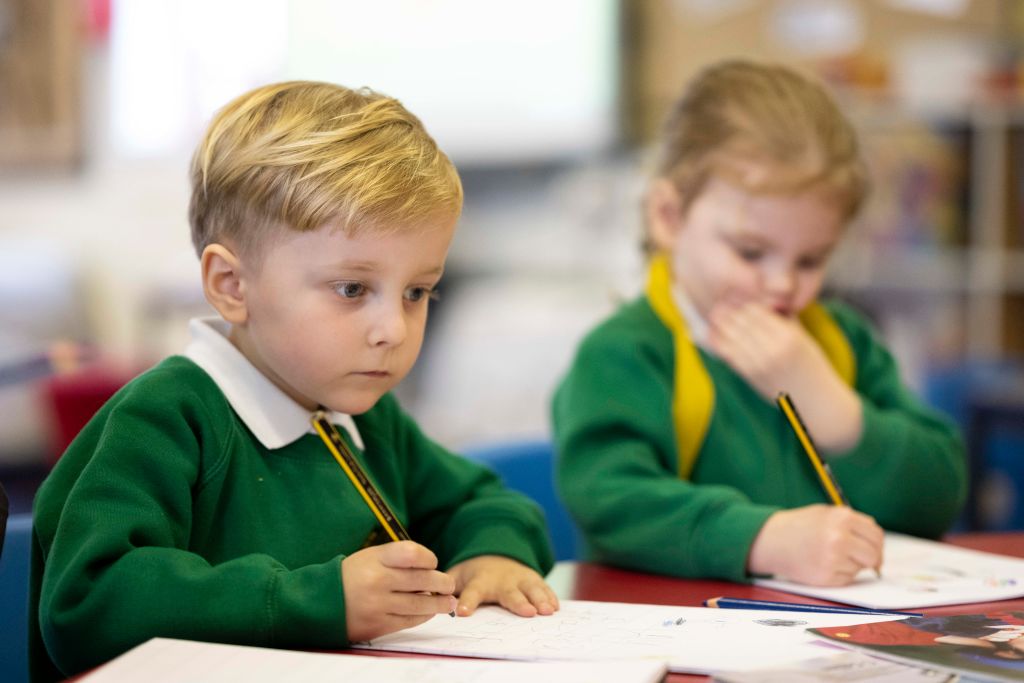
Face coverings will be "required in all post primary settings, including the classroom" and following the return to school for pupils in NI, there has been "improved signage and stronger public messaging".
This means that along with hallways, corridors and other public spaces, face coverings should be worn inside classrooms by both staff and students as well. Those who are exempt for medical reasons will not have to wear one, however.
At what age do children have to wear face masks?
In England, students in year 7 and above will have to wear face masks.
Advice published by WHO, which informed the government's decision to make face masks compulsory in schools, covers three different age groups and suggests that anyone over the age of 12 wears a face mask in public, indoor spaces where social distancing can't be maintained.
For those aged between six and 11 years old, it depends on other factors such as the rate of virus transmission and whether the child is coming into contact with high-risk individuals. WHO has also stressed that adult supervision for this age group is necessary, to help children take off and put on their masks securely.
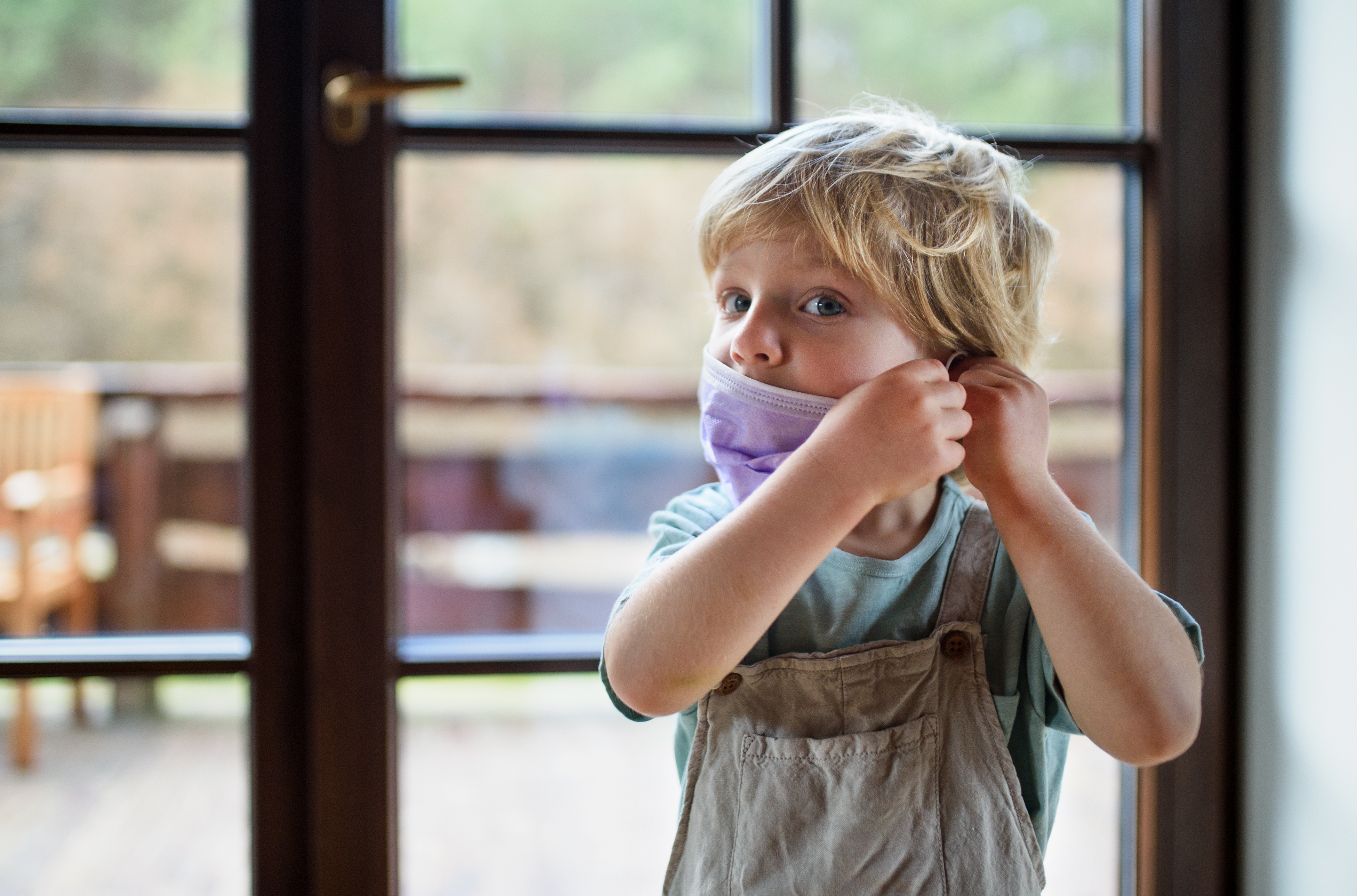
Children under the age of five are not required to wear face masks in any environment.
Do teachers have to wear face masks?
Teachers and all other staff will have to continue wearing masks in UK secondary schools. In Wales, Scotland and Northern Ireland, this will be in the classroom as well as on school grounds. In England, following a change in the rules on May 17, this is only in communal areas.
WHO says, “In areas where there is widespread transmission, all adults under the age of 60 and who are in general good health should wear fabric masks when they cannot guarantee at least a one-metre distance from others.”
“This is particularly important for adults working with children who may have close contact with children and one another.”
Where do children have to wear masks in school?
Wearing masks in secondary schools is not mandatory in England from May 17. They're still compulsory around most of the school site in Wales, Scotland and Northern Ireland.
They will certainly be required in hallways and corridors, where social distancing is difficult to be maintained.
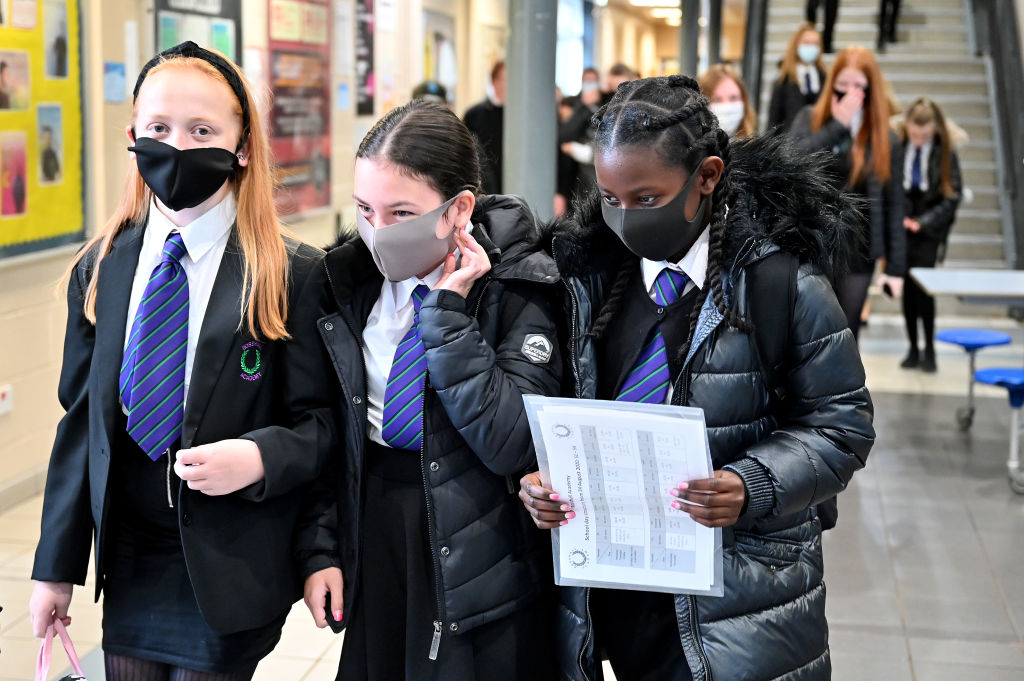
Students of any age will not be required to wear their face coverings when eating, however. They also won't have to wear one while doing exercise activities, such as P.E lessons.
What are other countries doing?
Masks in UK secondary schools might seem like a rule that the UK has gone back and forth on. However, guidance about wearing masks in schools elsewhere in Europe have been in place for months.
In Austria, students in primary schools are required to wear masks everywhere except when they're seated in their classrooms. In secondary schools, the student population are split in half. One set is present in school for two days a week and the other half learn from home. The system is then reversed later in the week.
Children and teachers in France all have to wear face masks. This is even when a distance of one metre can be enforced. This means that they're worn through the day, including during lessons.
In Italy, face masks are being worn all around the school and windows are kept open during class. During the warmer months, classes will be held outside to help further with social distancing.
For those over the age of six in Spain, masks will be compulsory on all school transport. They will be required for students and teachers at all times where a 1.5 metre distance can’t be maintained.
In Germany, the federal states all have different rules. In most areas, face masks must be worn in schools. Bavaria, for instance, has a policy where primary school children must wear a non-medical grade face covering as soon as they enter the school and while they're sitting down in the classroom. Adults, however, must wear a medical grade face mask when on site.

Grace Walsh is a health and wellbeing writer, working across the subjects of family, relationships, and LGBT topics, as well as sleep and mental health. A digital journalist with over six years experience as a writer and editor for UK publications, Grace is currently Health Editor for womanandhome.com and has also worked with Cosmopolitan, Red, The i Paper, GoodtoKnow, and more. After graduating from the University of Warwick, she started her career writing about the complexities of sex and relationships, before combining personal hobbies with professional and writing about fitness.